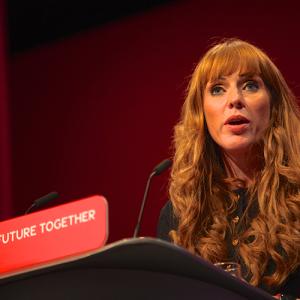The study, funded by the Nuffield Foundation, found that spending per pupil in 2013-14 among the 20% of secondary schools with the poorest pupils was £7,400, which was £1,800 higher than spending on the 20% of schools with the richest pupils – a gap of 30%.
In the late 1990s, the amount spent on schools with poorer pupil intakes was just 15% higher than the amount spent on schools catering to richer children.
Chris Belfield, one of the authors of the IFS report, said: “Over the past two decades, schools spending has become increasingly targeted at the schools with the most deprived intakes; the pupil premium continued rather than started this trend.
“This represents a major shift in the role of the state, with the school funding system playing an increasingly important role in redistribution.”
However, the IFS also highlighted considerable variation in funding received by schools with similar pupil intakes. Among the poorest 20% of schools, 10% spent more than £9,000 per pupil, while another 10% spent below £6,200.
The researchers suggested that such variation was one reason why the government wanted to overhaul the school funding mechanism, replacing 152 local authority funding formulas with one formula applying to all state-funded schools in England.
Luke Sibieta, Belfield’s co-author, observed: “The introduction of a national funding formula for schools in England looks set to be one of the most radical shake-ups of school funding in at least the past 30 years.
“Replacing 152 different formulae with one single, simple formula will inevitably lead to substantial changes in funding across schools and, for good or bad, will almost completely remove local authorities from the school funding system.”
Elsewhere, the study highlighted that school spending per pupil in England is likely to fall by at least 7% in real terms between 2015-16 and 2019-20, the largest real-terms fall since the late 1970s.
However, because of the significant growth in school spending throughout the 2000s, spending in 2019-20 will still be 50% high than it was in 2000-01.



















